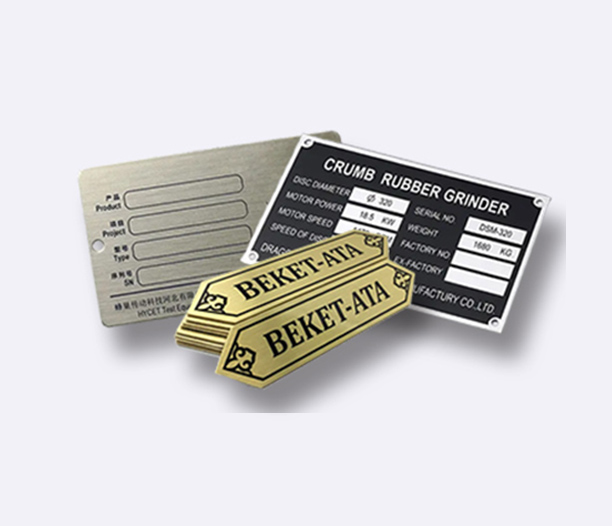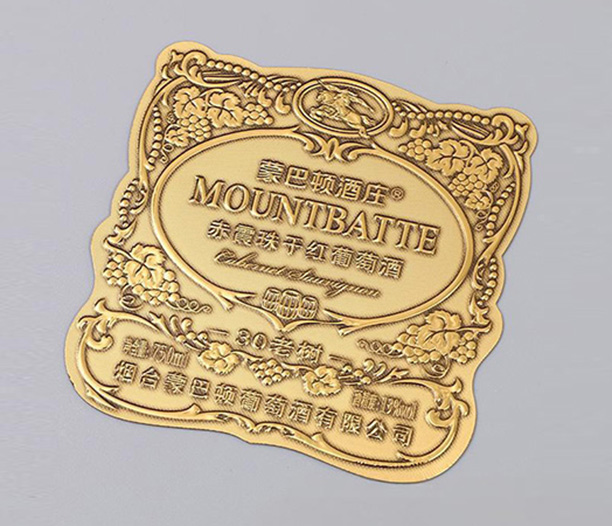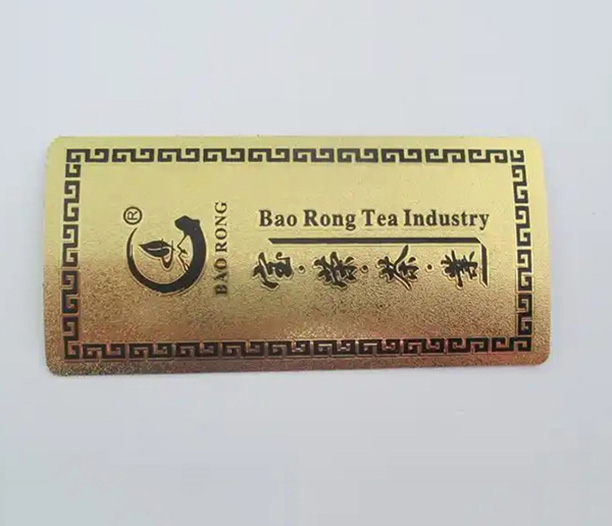In a world increasingly dominated by digital interfaces and fleeting trends, there remains a powerful demand for tangible, permanent, and professional identification. Engraved metal name plates stand as a testament to this demand, offering an unparalleled combination of durability, elegance, and functionality. These versatile markers are far more than simple labels; they are enduring symbols of quality, achievement, and identity. From corporate boardrooms to industrial facilities, from cherished awards to personal belongings, engraved metal name plates provide a solution that is both practical and prestigious. This comprehensive guide delves into the intricate world of these products, exploring their materials, manufacturing processes, vast applications, undeniable benefits, and key considerations for procurement. Whether you are a business owner, a facilities manager, or an individual seeking a custom commemorative item, understanding the depth and breadth of what engraved metal name plates can offer is the first step toward making an informed and valuable investment.
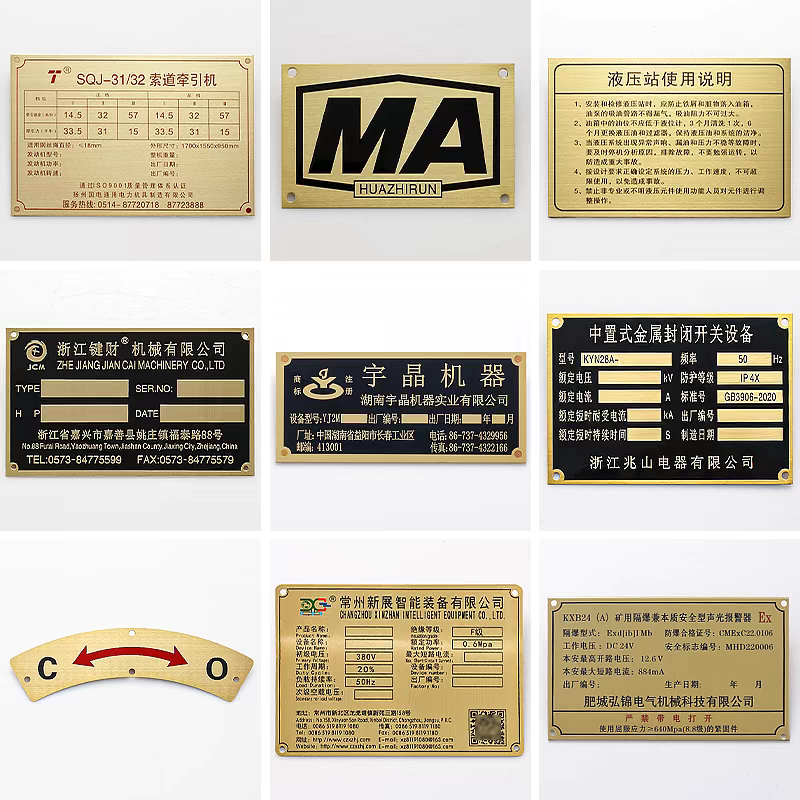
What Are Engraved Metal Name Plates? Understanding the Core Product
At its most fundamental level, an engraved metal name plate is a flat piece of metal, cut to a specific size and shape, upon which information has been permanently inscribed—or engraved—into its surface. Unlike printed labels or stickers, the information on an engraved plate is not merely applied on top; it is physically carved into the material, creating a recessed area that can be left as-is or filled with enamel for contrast.
The core components of any engraved metal name plate are:
The Substrate: The base metal material, such as aluminum, brass, or stainless steel.
The Engraving: The carved text, which typically includes names, titles, logos, serial numbers, or instructions.
The Finish: The surface treatment of the metal, which can range from polished and mirror-like to brushed, anodized, or chemically darkened.
The Fill: The optional colored enamel paint applied into the engraved grooves to make the text stand out vividly against the metal background.
This combination results in a product that is exceptionally resistant to fading, scratching, corrosion, and wear from environmental factors like UV light, moisture, chemicals, and physical abrasion. The permanence of the engraving process ensures that the information remains legible and intact for decades, if not generations, making these plates an ideal choice for both critical identification and prestigious recognition.
Popular Materials for Engraved Metal Name Plates: Choosing the Right Alloy
The choice of material is perhaps the most critical decision in the creation of an engraved metal name plate, as it dictates the plate's appearance, environmental resistance, cost, and even the engraving technique used. Here are the most common materials:
1. Aluminum: The workhorse of the industry, aluminum is prized for its excellent strength-to-weight ratio, corrosion resistance, and affordability. It is typically finished with an anodized coating, which hardens the surface and allows for a wide range of colors (black, gray, gold, red, blue, etc.). Anodized aluminum engraved name plates are ubiquitous in industrial settings, for equipment data tags, and on office doors.
2. Brass: Synonymous with classic elegance and tradition, brass offers a warm, golden appearance that deepens into a rich patina over time if left uncoated. For a maintained bright gold look, it can be lacquered. Brass engraved name plates are often used for prestigious awards, executive signage, historical markers, and architectural design elements. It machines beautifully, allowing for very crisp and detailed engravings.
3. Stainless Steel: For environments demanding maximum durability and hygiene, stainless steel is the premier choice. It offers exceptional resistance to corrosion, extreme temperatures, acids, and abrasion. Its modern, professional aesthetic makes it perfect for medical equipment, pharmaceutical manufacturing, food processing machinery, and high-end architectural applications. Engraving can be left silver or filled with enamel for high contrast.
4. Bronze: Similar to brass but with a darker, reddish-brown hue, bronze conveys a sense of gravitas, history, and permanence. It is often used for monumental plaques, memorials, historical dedications, and statuary name plates. Like brass, it develops a protective patina over time.
5. Zinc Alloys (Zamak): Often used for cast metal name plates, zinc alloys are melted and poured into molds to create intricate, three-dimensional designs with raised lettering and logos. These are then often plated with nickel, chrome, or brass for a specific finish. This process is ideal for complex emblems and vintage-style plaques.
The Engraving Process: From Digital Design to Finished Product
The creation of a custom engraved metal name plate is a blend of modern technology and precise craftsmanship. The process has evolved significantly from hand-engraving to computer-controlled precision.
1. Design and Artwork: The process begins with a digital file, created in vector-based software like Adobe Illustrator or CorelDRAW. This design specifies the plate's dimensions, font, text size, logo placement, and any other graphic elements.
2. CNC Machining (Computer Numerical Control): This is the most common and versatile method for modern engraved metal name plates. The digital design file is sent to a CNC milling machine. The machine uses a rotating carbide or diamond-tipped cutting tool to physically carve away the metal surface with incredible accuracy, following the exact paths outlined in the design. This method produces clean, sharp, and deep engravings suitable for both filled and unfilled text.
3. Laser Engraving: A high-powered laser beam is used to vaporize the metal surface in a controlled pattern. Laser engraving is extremely precise, capable of reproducing incredibly fine details and small fonts. It is a non-contact process, meaning there is no tool wear. On metals like stainless steel, laser marking can create a high-contrast black mark without any depth (annealing) or it can remove material to create a recess similar to CNC.
4. Etching (Chemical Milling): In this process, the metal plate is coated with a light-sensitive resist. The design is then transferred onto this resist using UV light, hardening the exposed areas. The unexposed resist is washed away, and the plate is submerged in a chemical bath that etches (eats away) the unprotected metal areas, creating the recessed engraving. This is excellent for very shallow, detailed engravings over large areas.
5. Filling and Finishing: After engraving, if a color fill is required, durable enamel paint is applied over the entire surface, forced into the engraved grooves, and then the excess is meticulously wiped from the flat surface. The plate is then cured to harden the paint. Finally, protective films are applied, and the plates are prepared for shipping or attachment.
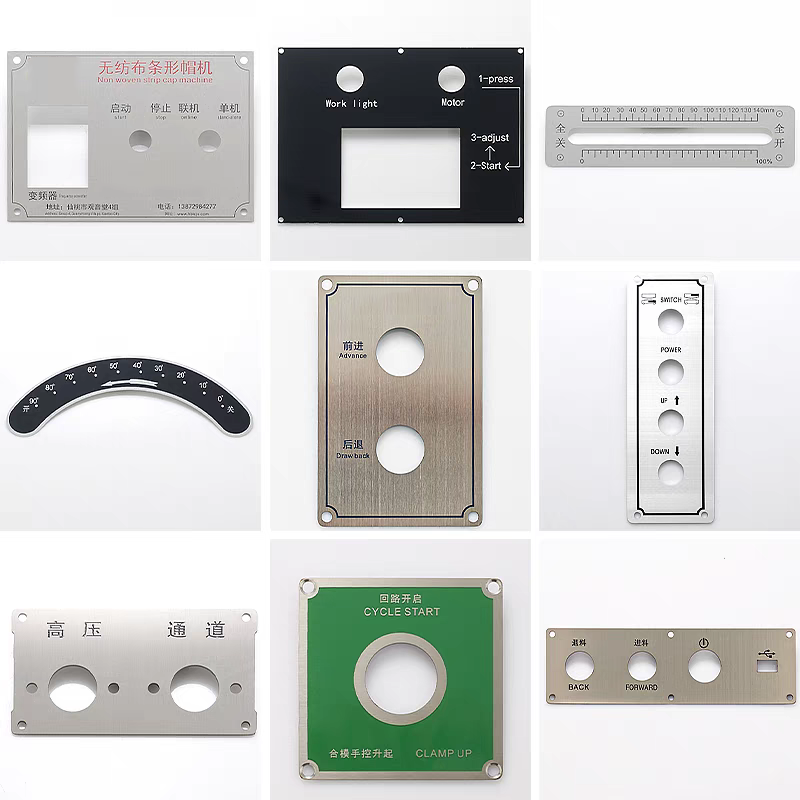
Diverse Applications of Engraved Metal Name Plates
The utility of engraved metal name plates spans countless industries and purposes. Their durability and professionalism make them the default choice for any situation where longevity and clarity are paramount.
Corporate and Office Identification: Office door plaques, desk name plates, directory signs, and award plaques for employees. They project an image of stability and success.
Industrial and Manufacturing: Equipment data tags, serial number plates, warning labels, instructional plates, and compliance badges. They withstand oil, coolant, solvents, and physical impact on machinery.
Aerospace, Military, and Defense: These sectors rely on engraved metal tags for critical component identification, as they must perform under extreme stress, temperature fluctuations, and corrosive conditions. They often meet specific military standards (e.g., MIL-SPEC).
Medical and Laboratory: Instrument identification, asset tags, sterilization labels, and panel plates on medical devices. Stainless steel plates are preferred for their ability to withstand frequent sterilization and harsh disinfectants.
Architectural and Memorial: Building dedication plaques, historical markers, memorial benches, and donor recognition walls. Materials like bronze and brass are chosen for their dignified and enduring presence.
Personal and Decorative: Customized plaques for trophies, gifts, home decor (e.g., house numbers), pet tags, and identification tags for valuable items like luggage or musical instruments.
Key Advantages of Choosing Engraved Metal Name Plates
Why choose an engraved metal name plate over a cheaper alternative like plastic or vinyl? The advantages are numerous and significant:
Exceptional Durability and Longevity: Metal plates are resistant to UV fading, extreme temperatures, moisture, and abrasion. The engraved information is integral to the plate itself and cannot peel, crack, or rub off.
Professional and Prestigious Appearance: The weight, feel, and visual appeal of metal convey a sense of quality, permanence, and importance that plastic simply cannot match. They enhance the perceived value of the item they are attached to.
High Legibility and Contrast: Especially when filled with enamel, the text on an engraved plate offers excellent contrast, making it easy to read from a distance and in various lighting conditions. This is crucial for safety instructions and equipment data.
Customization: They can be manufactured in virtually any size, shape, thickness, and color combination. Logos, graphics, and serialized data can be incorporated seamlessly.
Resistance to Harsh Environments: Whether it's an outdoor environment exposed to rain and sun or an indoor facility with chemical exposure, engraved metal name plates are built to last where other materials would fail.
How to Select the Right Manufacturer for Your Engraved Metal Name Plates
Choosing a supplier is crucial to obtaining a high-quality product. Here’s what to consider:
Experience and Expertise: Look for a manufacturer with a proven track record in producing the type of plates you need. Review their portfolio.
Material Options: Ensure they offer the specific metal and finishes you require.
Manufacturing Capabilities: Do they use state-of-the-art CNC and laser equipment? Can they handle both small and large production runs?
Design Support: A good manufacturer will offer graphic design support to help you create or optimize your artwork file.
Quality Control: Inquire about their quality assurance processes to ensure every plate meets specifications.
Customer Service: Responsive communication and willingness to answer questions are indicators of a reliable partner.
In conclusion, engraved metal name plates represent a timeless solution for identification, communication, and recognition. They are a fusion of robust materials, advanced manufacturing techniques, and practical design that results in a product built to endure. While the initial investment may be higher than that of temporary labels, the long-term value is undeniable. A well-made engraved metal name plate will continue to perform its function flawlessly for years, decades, or even centuries, making it not just a purchase, but a lasting investment in quality, safety, and prestige. When your application demands clarity, durability, and a professional image, there is no substitute for the enduring power of an engraved metal name plate.



